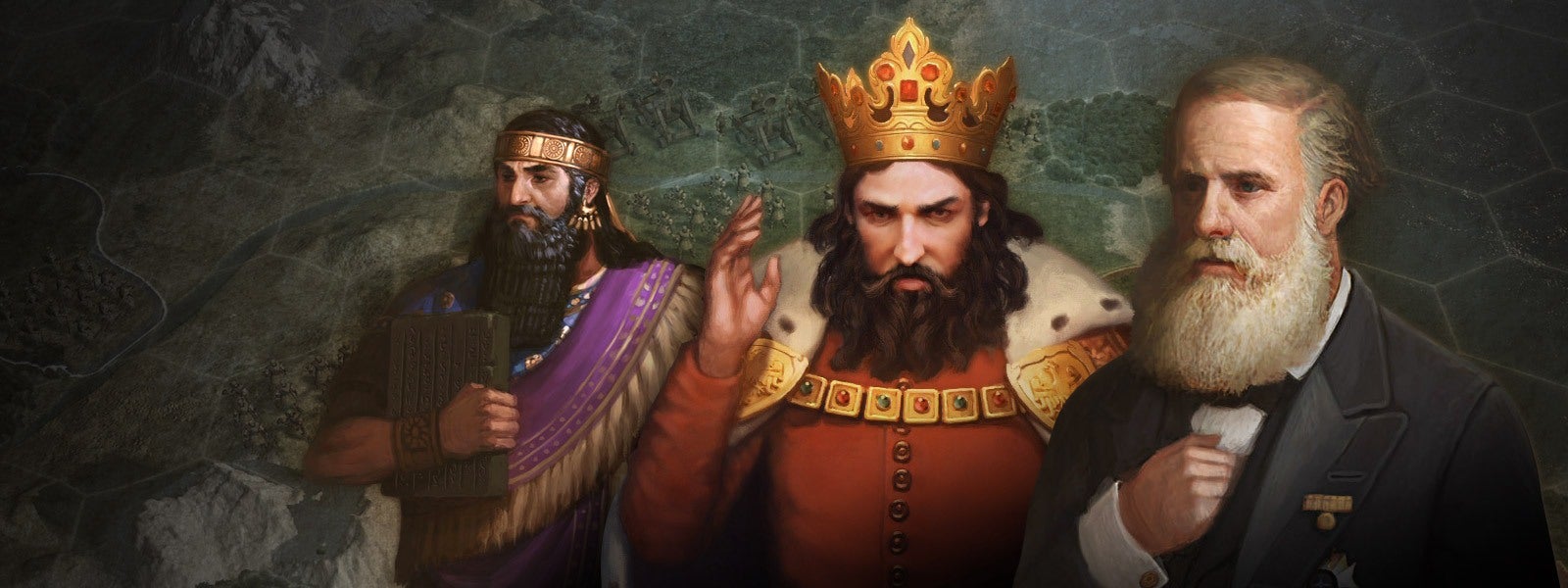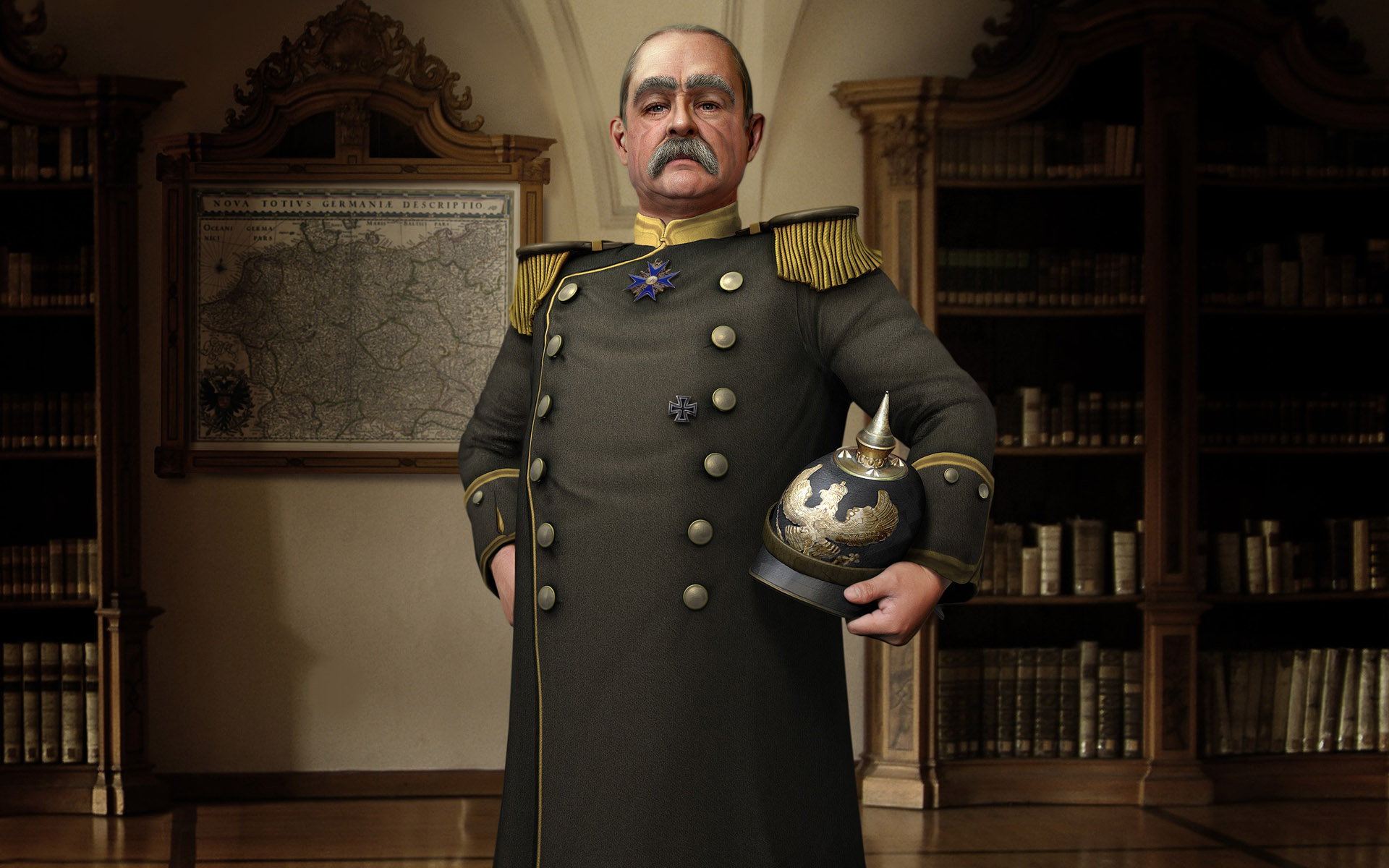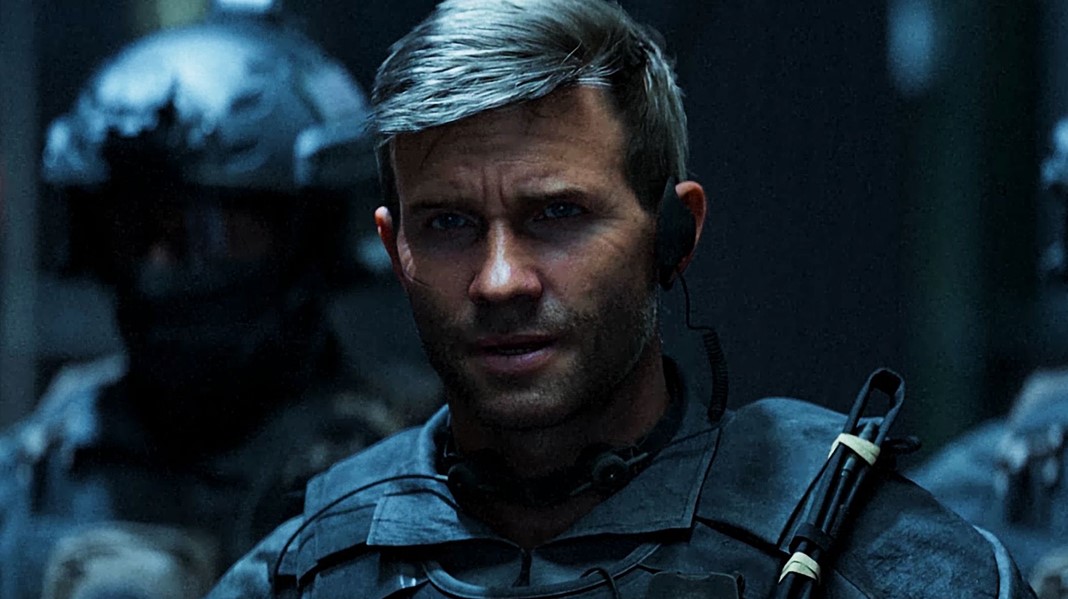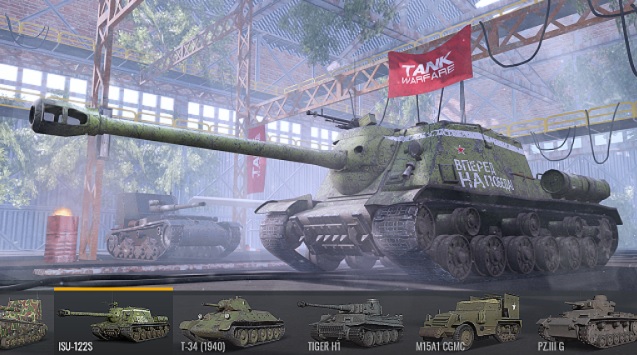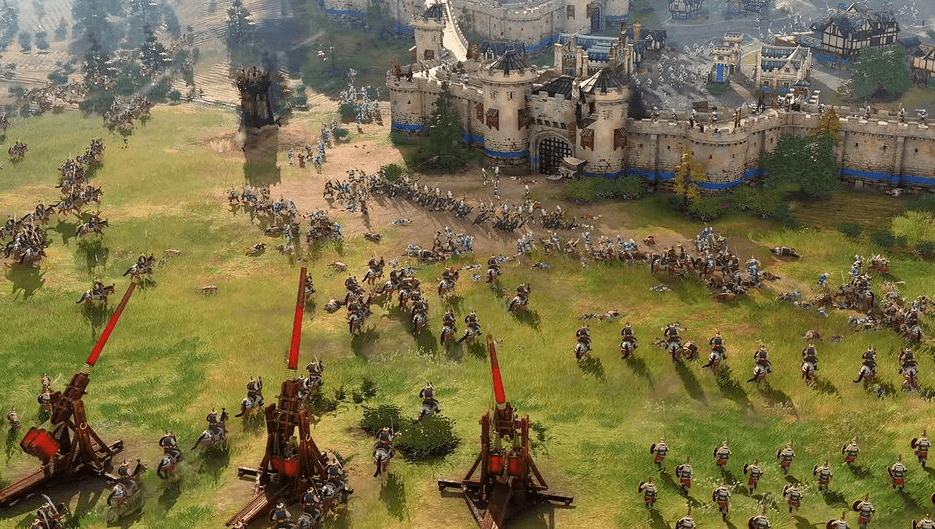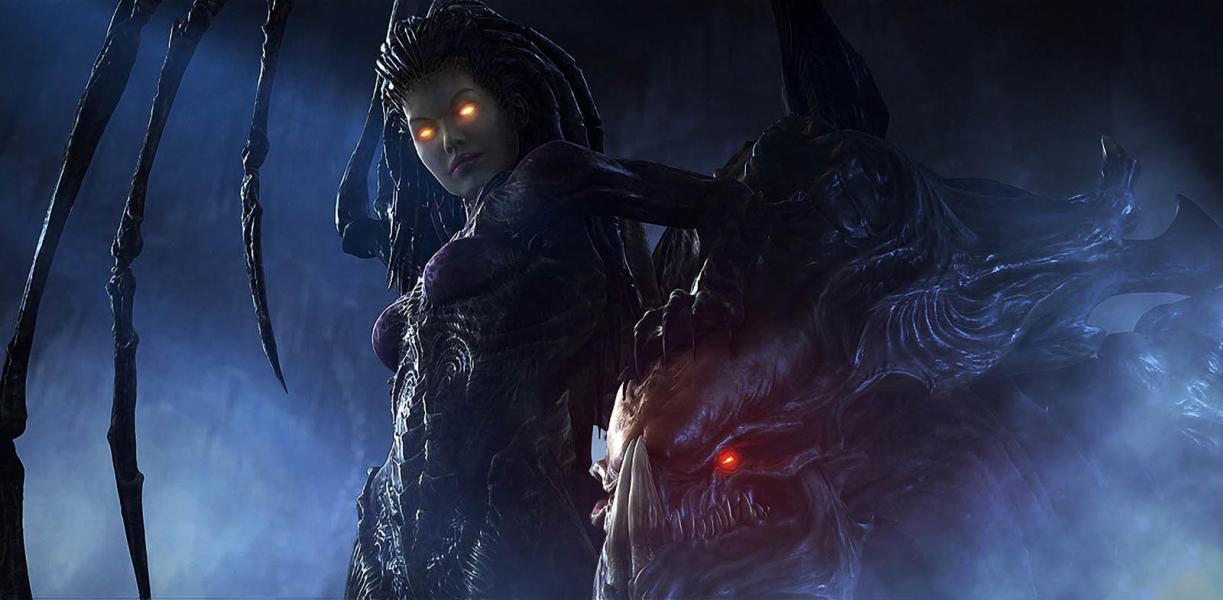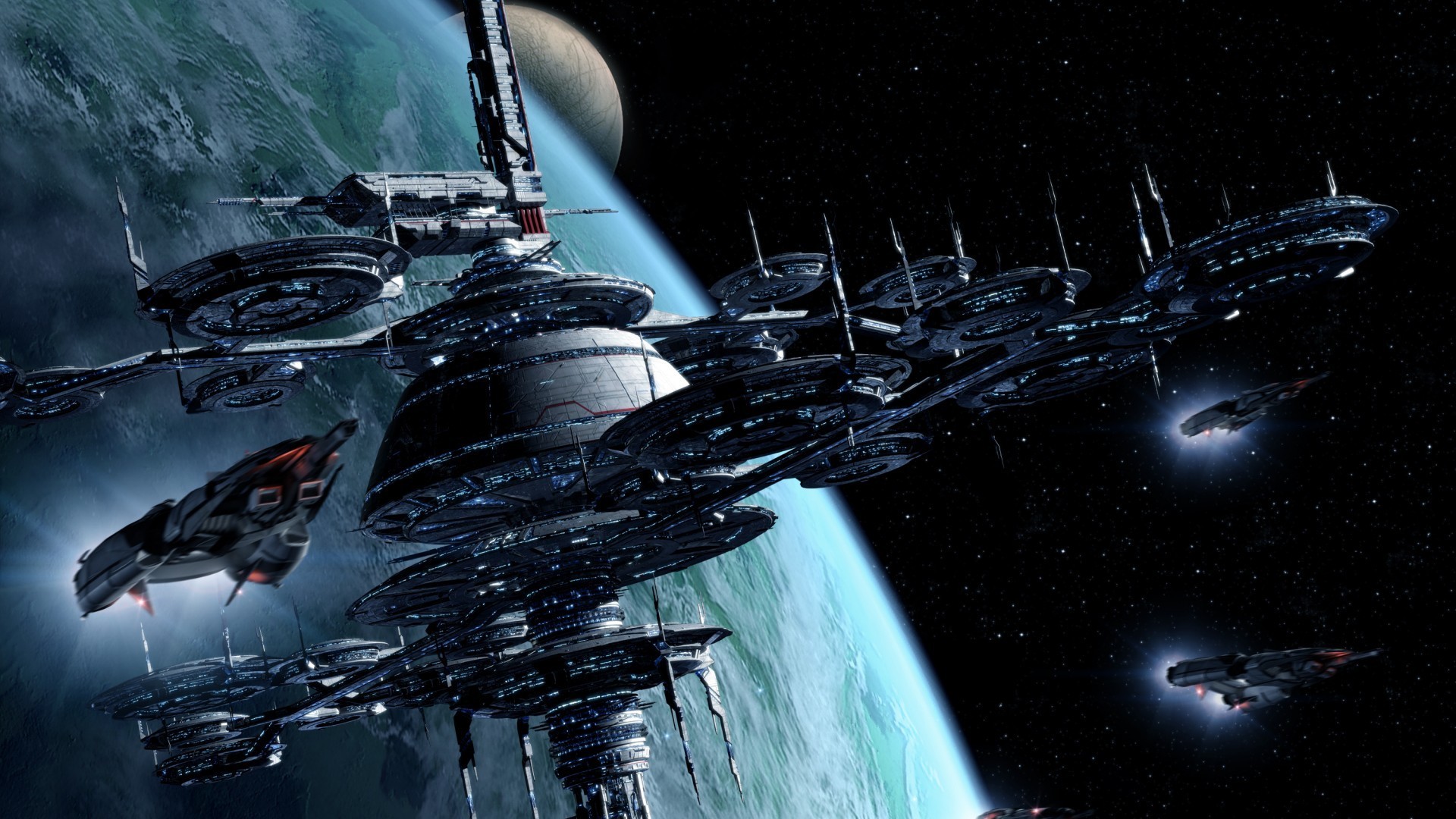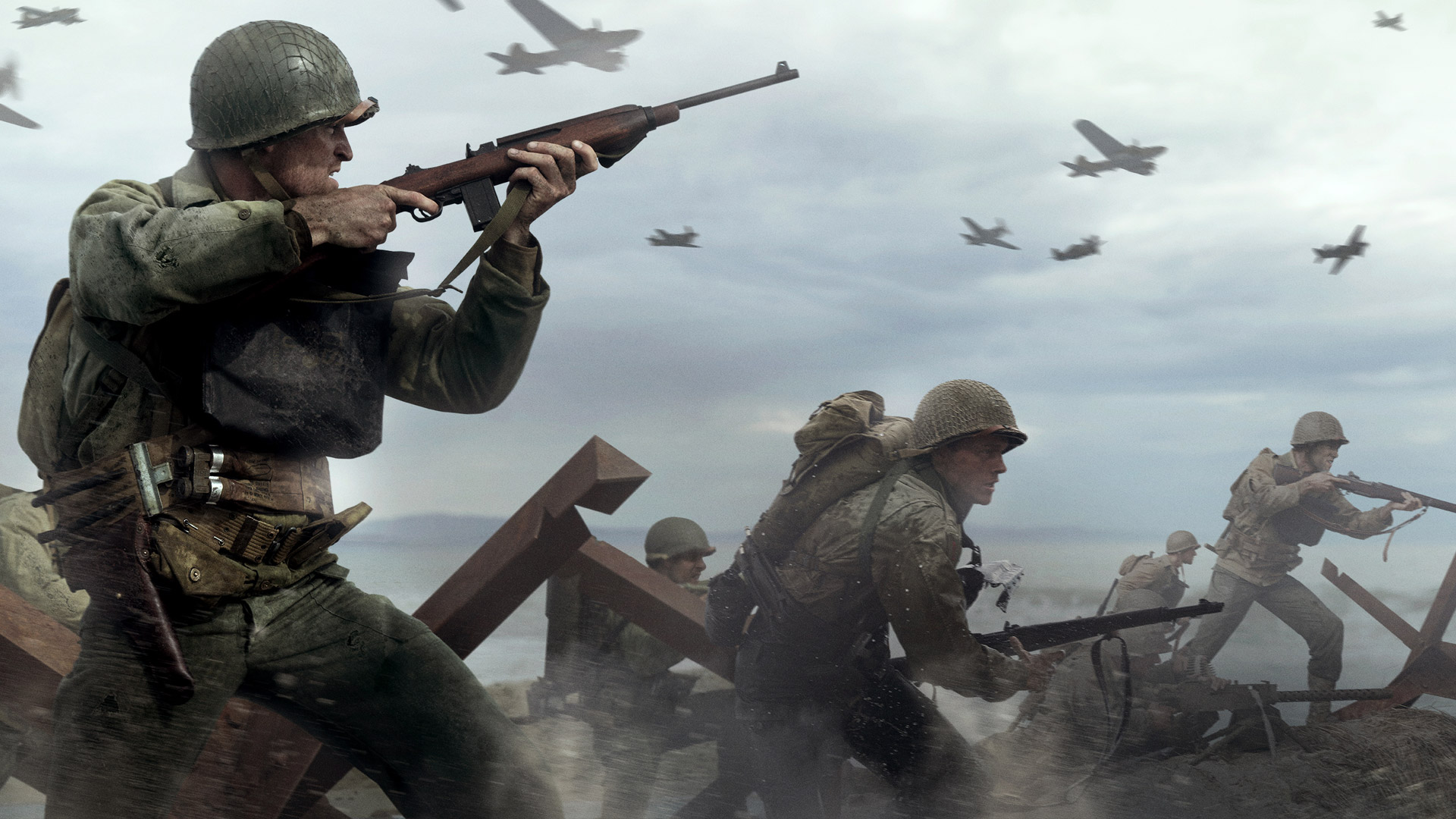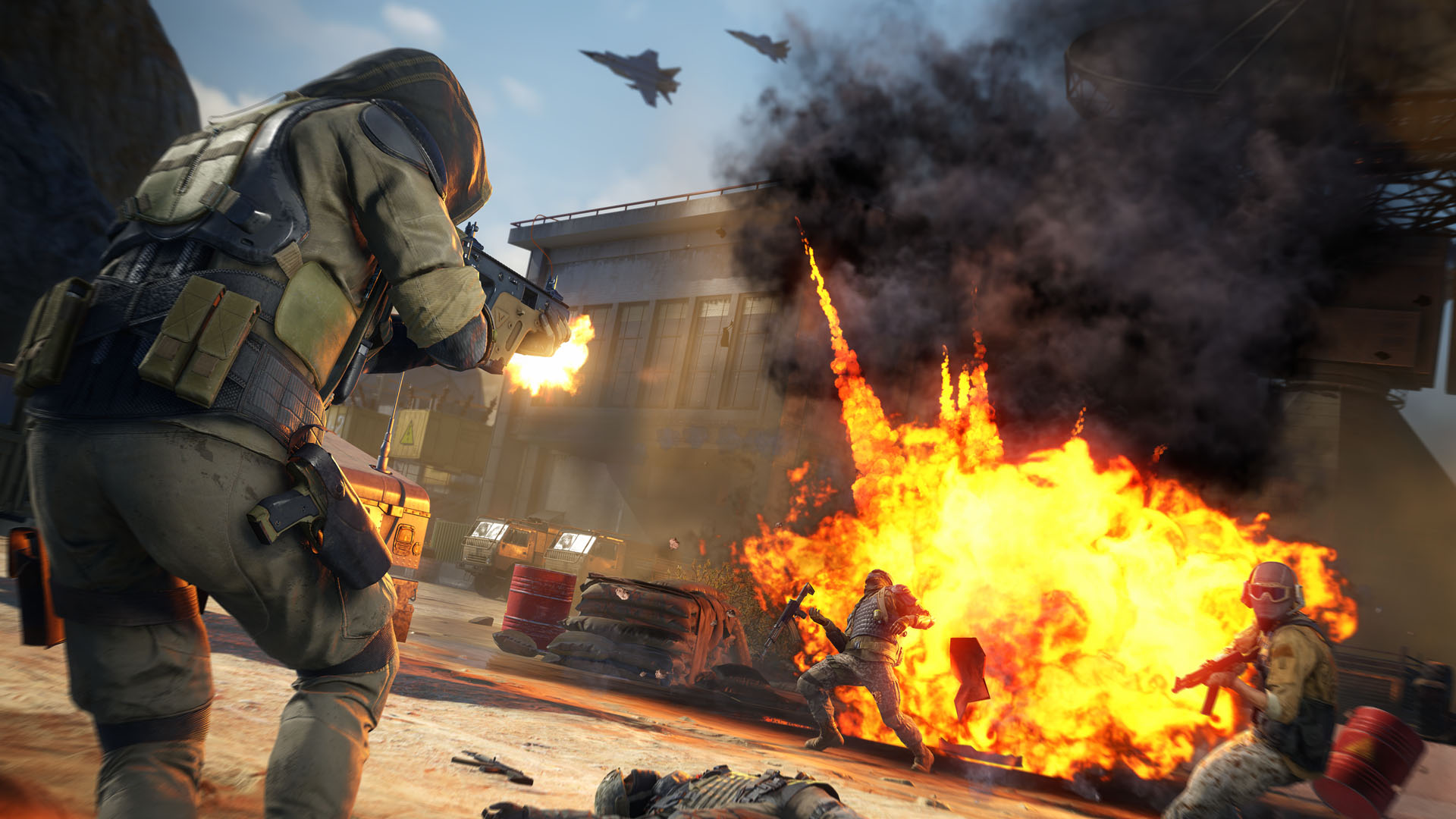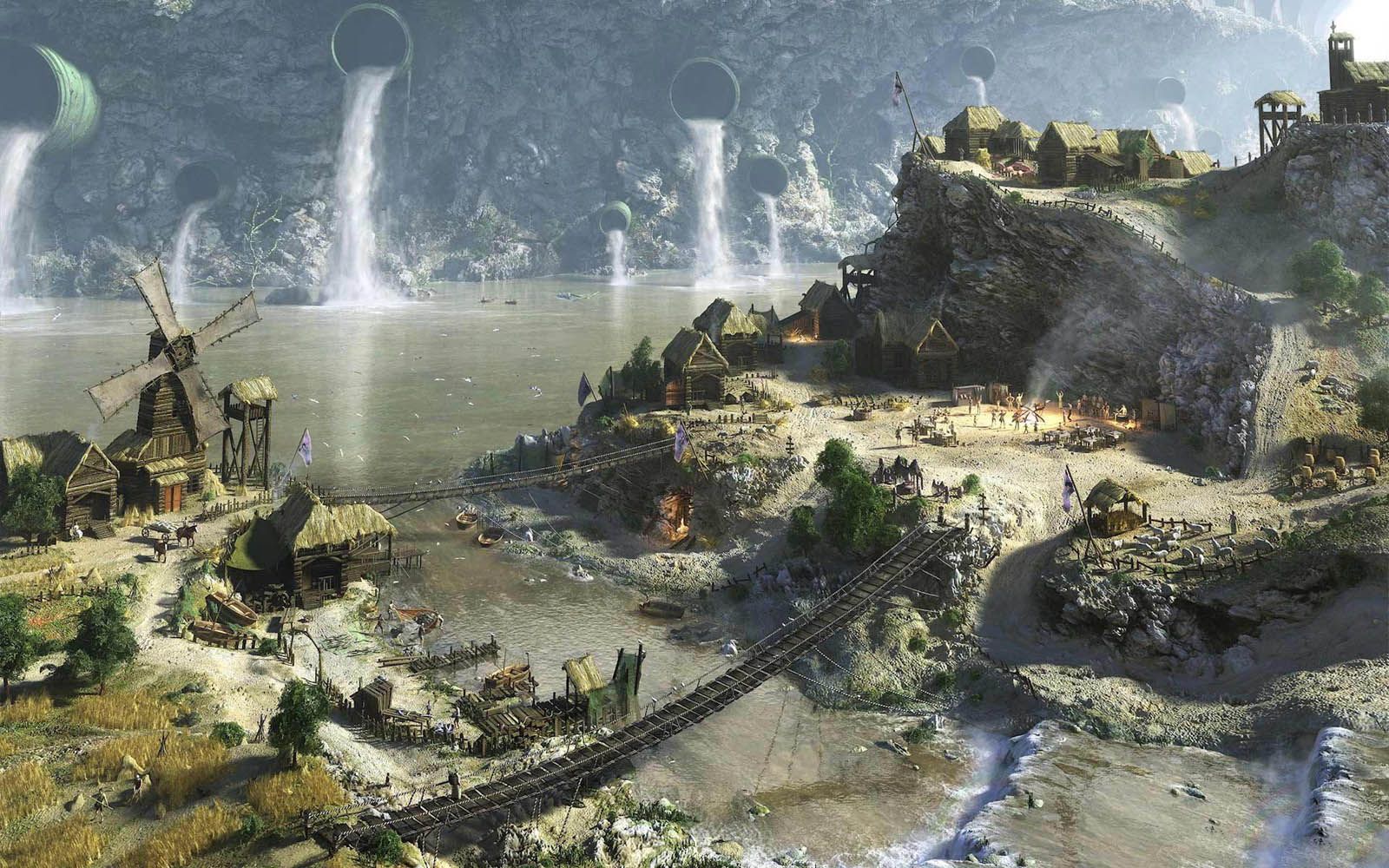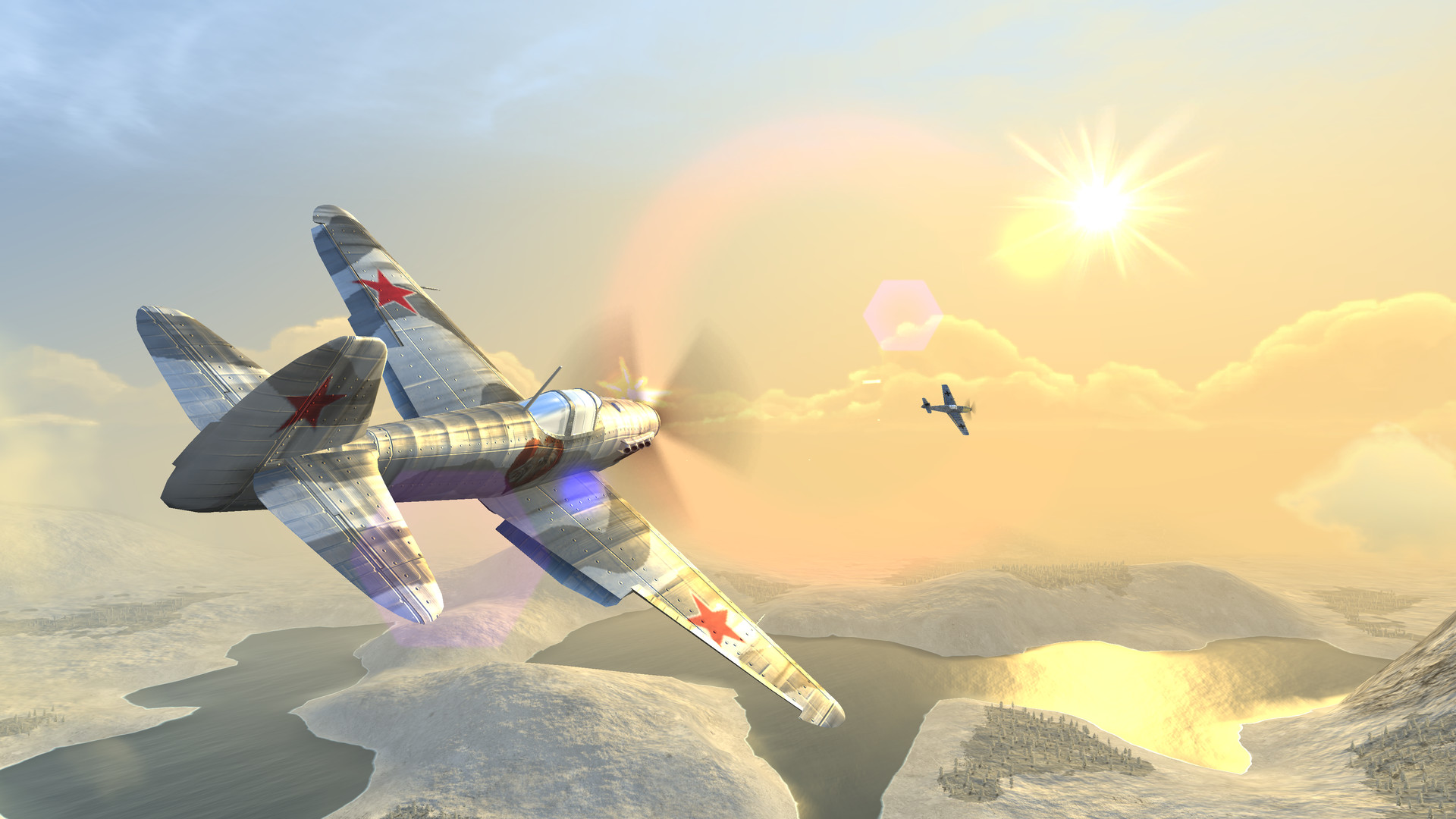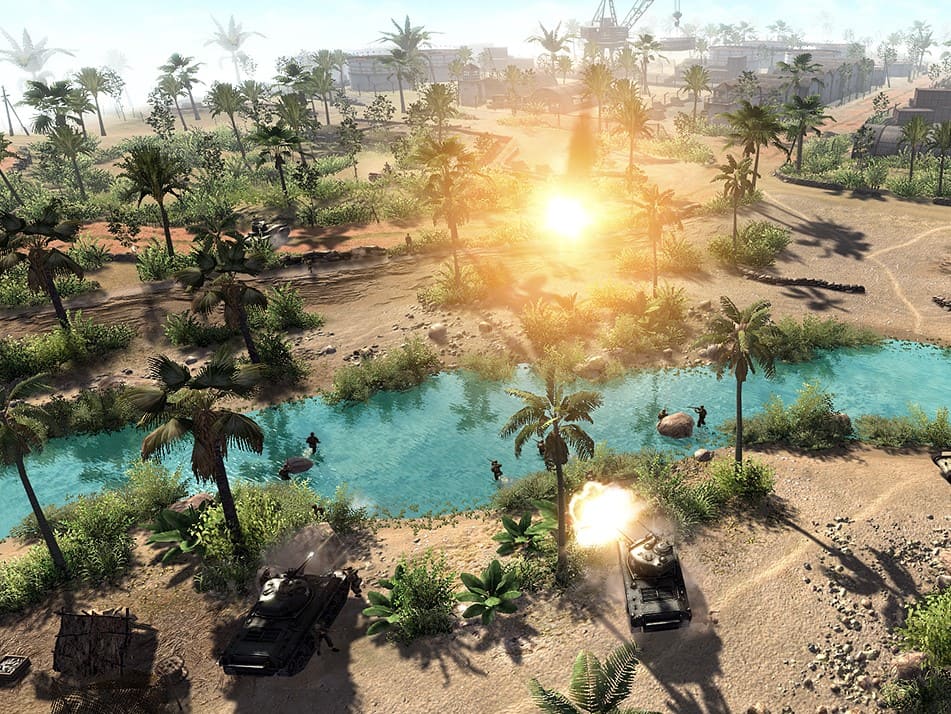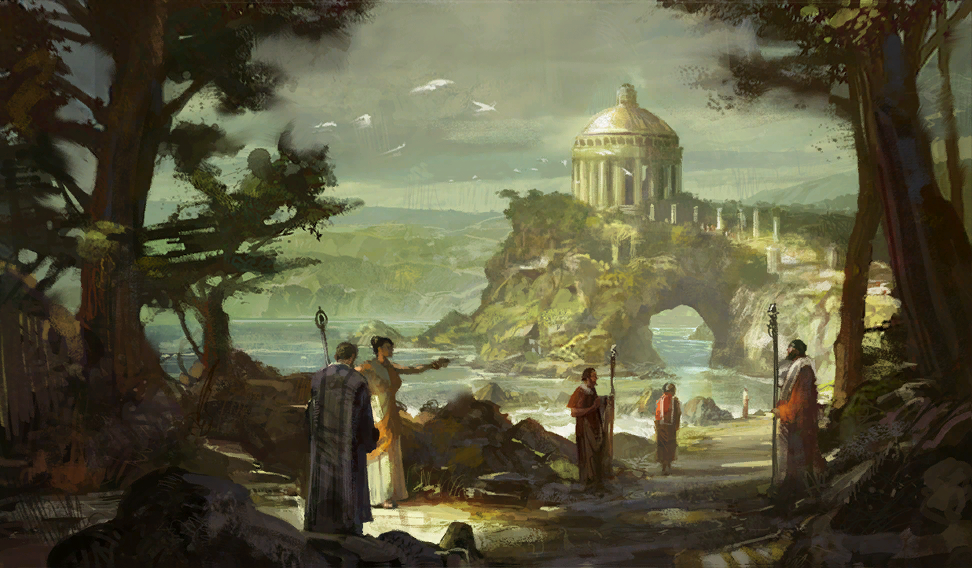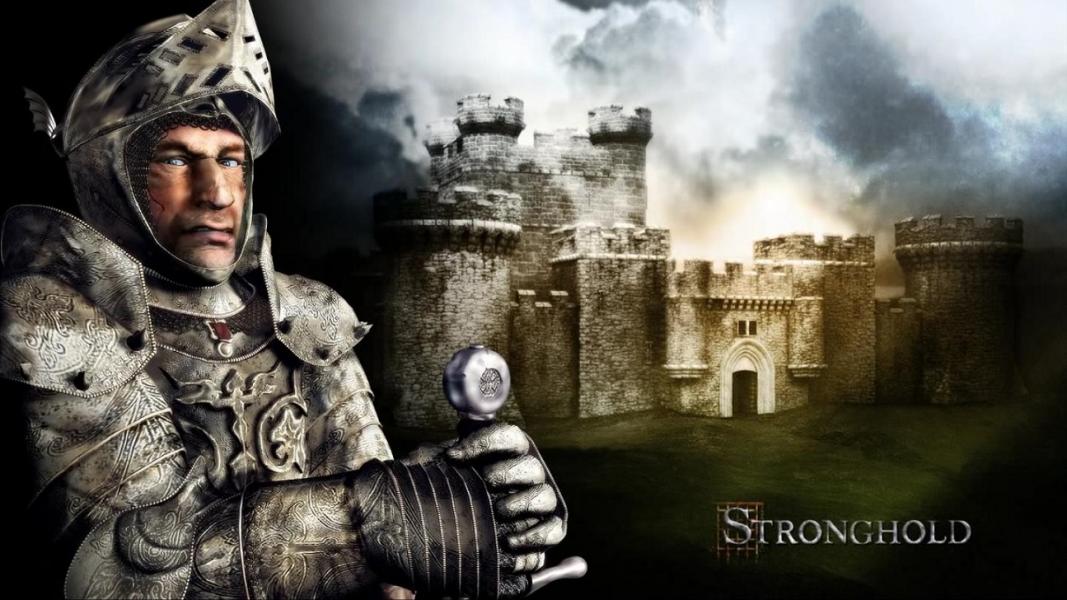
Loved playing with toy soldiers as a kid, yet now you feel you want to play something similar on a larger scale? Say no more - we've got you covered. And you won't even have to wait for the opposing force to carefully calculate their moves for two minutes: just grab your forces and go, go, go!
To keep this list clean, we'll focus strictly on titles that feature post-WWI military tech, yet don't heavily lean into sci-fi territory. Expect plenty of serious wargames to be on here.
10. Cuban Missile Crisis: The Aftermath (PC)
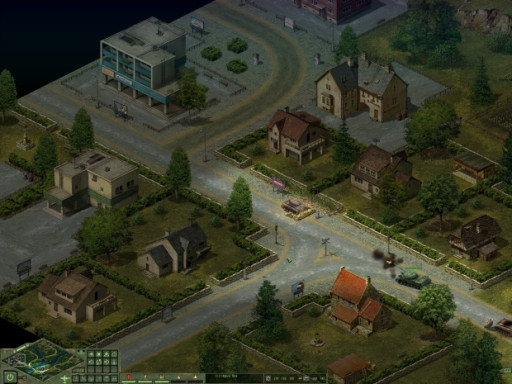
Cuban Missile Crisis: The Aftermath’s page on MobyGames
Surviving in the post-apocalypse is definitely no fun. Yet, decimating everyone else for your own survival offsets the pain by a lot. Here, fun is earned.
In the alternate 1960's, which saw Earth go through the Third World War, with nukes setting off left and right, whatever's left of the world gets split into four militarised factions: the USSR, the Anglo-American Alliance, China and the French-German Alliance (soon to be European Union). And, as the surface of the planet slowly freezes over, the war for the habitable Equatorial lands rages on.
Unlike a vast majority of RTS'es, and unlike Blitzkrieg (which is based on the same engine), Cuban Missile Crisis doesn't limit its' campaigns to a dozen smaller missions that could be done in twenty minutes tops - instead, each campaign comes with several large-scale operations, as well as a world view map that breaks smaller missions apart and lets you assign entire battalions to attack certain points - with one operation taking from one hour to several. While CMC's scale does paint a bleak picture of how much losses humanity has gone through (the USSR and the anglophone forces especially), it's still breathtaking enough to make anyone feel like a real army commander, leading their troops to eventual victory.
9. Company of Heroes (PC, Android, iOS)
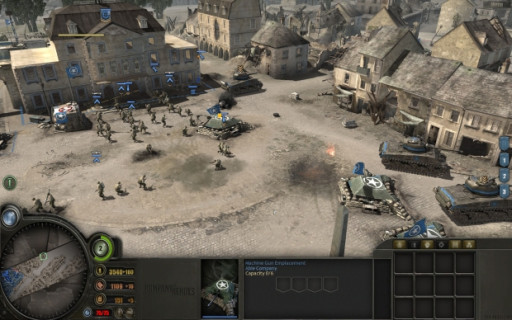
Company of Heroes’s page on MobyGames
Coming from Relic Entertainment, the developers of Total War: Warhammer 40,000, Company of Heroes has earned its place among some of the greatest games of all time.
The story focuses on the U.S. Army's Able Company as it suffers through losses and hardships during operations Overlord and Cobra. Along for the ride is the Fox Company, which is given under the player's control at certain points during the single-player campaign.
Of course, WWII-themed games that have cutscenes played every other minute may not be everyone's cup of tea, but that's what skirmishes and the multiplayer are for. The PVP part of Company of Heroes combines its' quasi-realistic gameplay with the pace and urgency present in most RTS titles: in the pursuit to either capture all control points or completely obliterate the opponent, you'll also have to decide whether your army will focus on the infantry, the aircraft or armoured vehicles, each with their tactical advantages and upgrades to spend your Command Points on. The better your command is, the more CP's you get.
8. Real War & Real War: Rogue States (PC)

Real War: Rouge States’s page on MobyGames
In a rarity for this list, Real War is more or less directly based on Joint Forces Employment, a game distributed only throughout the U.S. Military. Story- and setting-wise, it's the usual: the seemingly never-ending war on terror has escalated, with many Middle Eastern armed groups uniting as Independent Liberation Army, as it's trying to wipe American troops out of the Eastern hemisphere. And neither side is planning to hold back.
Despite what the title and its' marketing may imply, Real War isn't necessarily about realism: to save you the headache of managing your base, not only can you establish it very quickly, but whenever any burning vehicle rolls on top of a tent, it won't catch on fire. That aside, it provides a noticeable variety in land, sea and air units between the USA and ILA armies, almost none of which is produced within the base - instead, there's three separate command centres for each of three unit types. Rogue States even introduces Component Command Multiplayer - a co-op mode that gives one player air control, while the other carries out operations on land.
Fun fact: the U.S. briefings are narrated by Ronald Lee Ermey, more known for playing Sgt. Hartman in Kubrick's Full Metal Jacket.
7. Command & Conquer: Tiberian Dawn (PC, PlayStation, Sega Saturn, Nintendo 64)
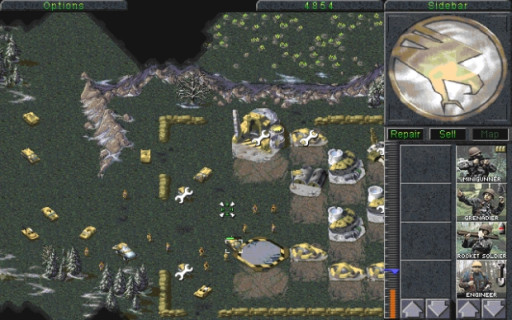
Command & Conquer: Tiberian Dawn’s page on MobyGames
Shortly after a meteorite broke through Earth's atmosphere and landed near the river Tiber, mysterious radioactive rocks have started spreading all over the green planet. This element, known as Tiberium, has become the point of contention for two major factions: the Global Defence Initiative and the Brotherhood of Nod, lead by the messiah Kane. Will the war on terror finish with Nod's demise, or will they take over GDI completely?
Tiberian Dawn is not only a drastic departure from Frank Herbert's Dune universe, but also a significant improvement from Westwood's own Dune II - both in the UI and pacing departments - that became the foundation for many RTS'es to come. Simplified selection of multiple units, two factions with different tech trees and superweapons, online multiplayer and, of course, a very punchy soundtrack from Frank Klepacki - so punchy, in fact, you can see the entire playlist in the settings.
This game would later become overshadowed by all sorts of sequels and spinoffs of the Command & Conquer series - but that being said, it definitely aged better than most other RTS'es of the era. Not to mention Tiberian Dawn and its' prequel, Red Alert, were revitalised in C&C Remastered Collection, as well as in fanmade OpenRA mods.
6. Sudden Strike (PC)
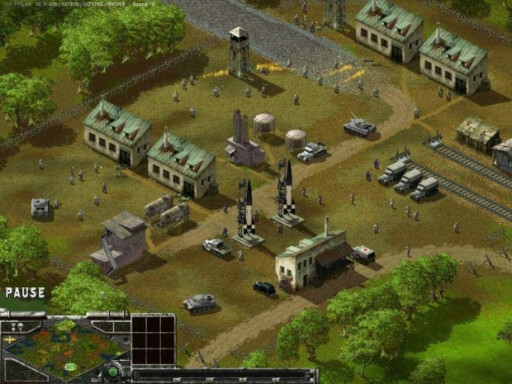
Sudden Strike’s page on MobyGames
It's not the first in the long line of Russian-developed WWII simulators (with Counter Action coming out a few years prior), but it's definitely the one that influenced the rest of it. Released in 2000, the original Sudden Strike is an innovative - for its' time - blend of true-to-life wargame mechanics and the real-time strategy genre.
There's no traditional basebuilding RTS'es are known for: you're given a limited number of units for each mission, and you should use them as effectively as possible, by frequently providing your troops with supplies, carefully inspecting the area around you, and using your surroundings as cover. Also unusual for the genre at the time is Sudden Strike's decision to ditch traditional healthbars for units and buildings, and rely on a very, very complex damage system instead; how damage is dealt also depends on what kind of ammunition the object has been hit with. Every piece of tech in this game has to be manned, too, so if it gets hit, so does the crew. Sudden Strike is not that easy to get into, but once you do, you'll know it.
The game also comes with three different campaigns: the German one, the Soviet one and the Allied one, which puts French, British and American forces under your control. Each campaign comes with its own perspective on the conflict, as well as units dubbed in their respective language - the only place where the lines are dubbed exclusively in English are the briefings.
5. Command & Conquer: Red Alert (PC, PlayStation)
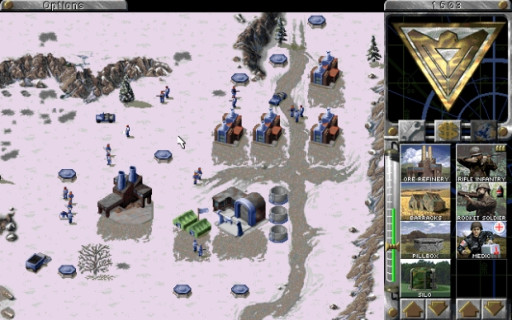
Command & Conquer: Red Alert’s page on MobyGames
Albert Einstein creates a time machine with the sole purpose of eradicating Hitler before he gets to establish his regime over Germany; however, unbeknownst to the professor, that causes the next tyrannical power to rise and wage wars on the continent: the Soviet Union. Naturally, Europe's strongest militaries and the United States assemble together to fight off the menace...
With a revamped tech tree for both sides of the conflict, as well as a few gameplay/UI improvements, the original Red Alert is well-remembered among fans of oldschool DOS games, real-time strategies and the Command & Conquer series in general. In fact, it was successful enough to warrant not one, but two expansion packs: Aftermath and Counterstrike. Also new to the C&C series is the Skirmish mode which was basically a simulated multiplayer match against one or several computer opponents - doesn’t seem like much, but it still provided hours of entertainment to people who were stuck in either campaign and still needed their daily dose of battling the Red Scare.
Instead of having to live with one superweapon, both the Allies and the Soviet military come with two of those: a nuclear bomb and either the Chronosphere or the Iron Curtain respectively - one teleports vehicles into any given destination for a short period of time, the other surrounds them in an impenetrable shield. Curiously, abusing the Chronosphere has side effects, as temporal holes start roaming through the battlefield.
4. Command & Conquer: Generals & Generals: Zero Hour (PC)

Command & Conquer: Generals’s page on MobyGames
It took a long while for Command & Conquer to properly transition to 3D, and it wasn't until Westwood's closure when that happened, with their Emperor: Battle of Dune and Command & Conquer: Renegade used as inspiration.
Similar yet different to the mainline Command & Conquer games, Generals and its' expansion pack, Zero Hour, cover a nuclear war between the terroristic Global Liberation Army and a loose alliance of the U.S. and Chinese armies - two largest military powers in the world - with the conflict spanning across all of Eurasia. The basebuilding and supporting structure mechanics remain the same as in Red Alert 2, a prior title in the series, but instead of buildings appearing from under the ground like before, they have to be constructed by bulldozers or workers, similarly to how Blizzard's RTS'es did it. Likewise, resources are no longer spilled all over the ground - instead, they're gathered from supply depots until those become fully depleted: the longer the war goes on, the more it becomes about attrition.
One curious addition to Generals that has later made its way to Company of Heroes is the faction-wide upgrade system: by gaining more experience points, you get access to different abilities and powerups, though unlike in CoH, those are paid out of your pocket, and take some time to be implemented. Each faction gets to choose between four different doctrines (so you could focus on infantry, tanks, stealth, demolition etc), every one of which comes not only with exclusive units, but exclusive abilities as well!
3. Cannon Fodder & Cannon Fodder 2 (Amiga, DOS, Mega Drive, SNES et al)
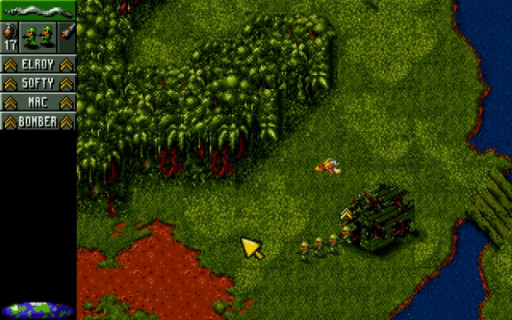
Cannon Fodder’s page on MobyGames
"War has never been so much fun!" It's right there, in the slogan.
In this classic Amiga title by Sensible Software (which got later ported to DOS and most popular consoles of the time), you're in control of a squad of soldiers, set off to eradicate all of El Presidente's henchmen across the world - and much like them, your squad can die as easily to bullets, explosives and debris from houses.
Technically, it's more of a real-time tactics game than it is a strategy one - and saying it's an arcade in disguise is probably more accurate. As well as that, behind the veneer of fun is a little something that will make you feel attached to your troops quite a bit: every time they complete a mission, they automatically get promoted. If they don't make it, however... well, they're gone for good - and their tombstones between every level will remind you what war really is about.
Note that the above doesn't really apply to the enemy soldiers - their reserves are nigh-unlimited. And they scream funny.
2. Army Men RTS (PC, PlayStation 2, GameCube)
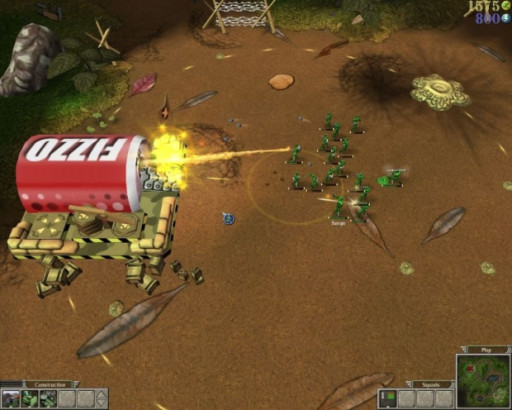
Army Men RTS’s page on Steam
Probably the most light-hearted entry on this list, Army Men RTS is one of Pandemic Studios's very few forays into the genre.
In a way, it's both a drastic departure from the previous entries and also return to the roots: most of the Army Men games around this point were third-person shooters with heavy pretence of emulating Saving Private Ryan instead of... actually toying around with plastic soldiers. Unlike Army Men II, probably the closest thing to this game, AMRTS has a bigger emphasis on basebuilding instead of it being purely a real-time tactics affair. As such, battlefields in AMRTS resemble something out of Pikmin or even your own backyard, which turns the whole experience into a bonafide parody of Apocalypse Now, as opposed to Army Men: World War's obvious mimicry of WWII films.
One thing remains the same, however: you control the Greens, and have to get rid of the Tans, - but this time, you aren't fighting for survival, you're fighting for the plastic laying around. Plastic is the resource that's used to build everything, from toy soldiers to factories housed in cans of fizzy drinks: melt it down, mould something else from it. Even if said plastic used to be the rifleman you pew-pewed from behind a soccer ball. And with 28 single-player missions, plus additional objectives for each, there's going to be enough pew-pew for everybody.
1. Command & Conquer: Red Alert 2 & Yuri’s Revenge (PC)

Command & Conquer: Yuri’s Revenge’s page on MobyGames
Undeniably the most fun entry in the Command & Conquer series centres around an even more alternate reality to what Red Alert and Tiberian Dawn had: this time, the USSR goes straight for the United States - with extra vengeance. Was the U.S.-appointed leader of the Union, Alexander Romanov, tired of being toyed around or, perhaps, he, or possibly someone behind him, has plans for world domination?
Compared to its' prequel, Red Alert 2 ups the ante even more than the original Tiberian Dawn did after Dune II, with the removal of ore silos, the addition of faction-specific ore miners that are able to teleport or gun the opposition down, and tons of UI improvements, such as building tabs and intuitive order queueing. Nearly every civilian building can become an improvised turret: just order your soldiers to garrison it; other civilian buildings (like oil derricks or hospitals) could and should be captured for additional benefits, like passive income or autohealing all of your infantry units.
A lot of the tech from both Allies and Soviets makes a comeback, such as the Chronosphere and the Iron Curtain, but there's one too many changes and additions to list here... Well, okay, there's a few noteworthy ones: you can possess (or, more accurately, mind control) people and vehicles. Unless they're robots or are specifically trained to resist such telepathy.
It's very unlikely Red Alert 2 will get a remaster, but with it being known as one of the fastest RTS'es to ever exist, it got more than enough mods to make up for it - not the least of which is Mental Omega, an expansive retelling of the events of both RA2 and its' only expansion, Yuri's Revenge.

